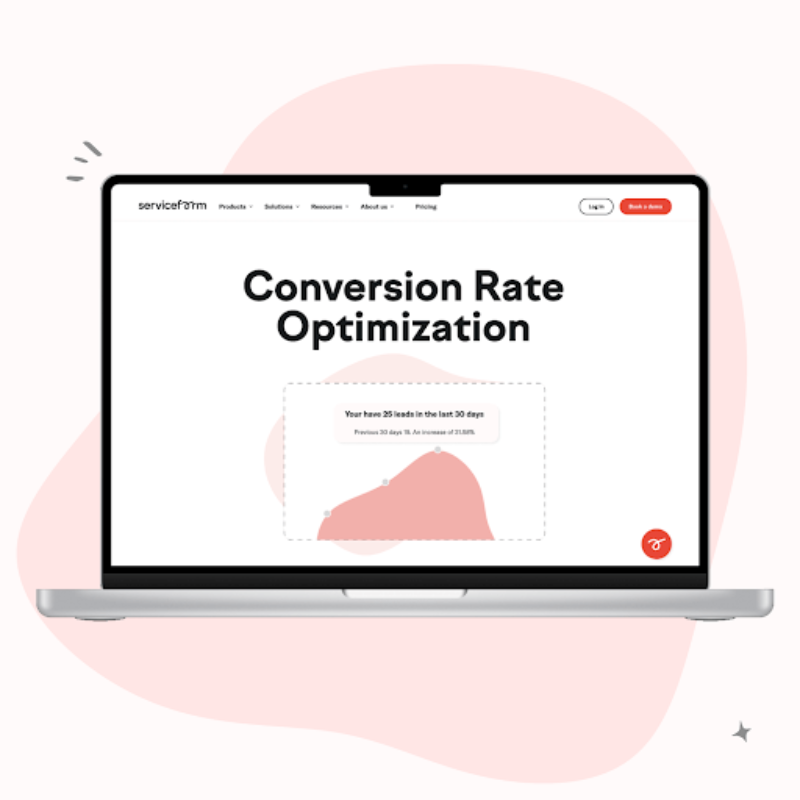As one of the most vibrant, innovative cities in the world, Barcelona is well on its way to becoming Europe’s digital epicenter. The Catalan capital is fast turning into a hub for tech entrepreneurs, with 29% of Spain’s startups residing in Barcelona.
Barcelona’s startup community largely started growing between 2017 and 2018. But just a couple of years into its development, a game-changing curveball took the city by surprise: Coronavirus turned everyone’s lives upside down.
With the world’s second highest death toll after the US, Spain’s government banned almost all outings and closed its land borders to foreigners. The country also saw a historic rise in unemployment as more than 1,000,000 residents had lost their jobs since the first lockdown.
Housfy, a startup that specializes in selling real estate, told Apiumhub that they were generating virtually zero revenue in 2020.
“If, before the arrival of the Coronavirus, we managed to sell 50 apartments a week, now we barely reach five. The real estate business, in general, has been practically reduced to zero.”
Albert Bosch, Co-Founder and CEO of Housfy
The resurgence of Spain’s digital capital
For almost an entire year following the pandemic, physical meetings were non-existent. Most people were left staring at the walls of their homes for months on end. Offices were shut down, and businesses only existed on the internet.
In research led by Cristina Doritta Rodrigues and Matheus Eurico Soares de Noronha for Emerald Insight, a Barcelona-based unicorn startup admits they had to reinvent the way they conducted business to tackle the challenges brought on by COVID.
“The most innovative was discovering new work methods instead of door-to-door [phone, e-mail, WhatsApp applications] since we cannot make visits” .
Manager at a Barcelona-based startup
No door-knocking meant businesses had to leave a lasting impression on their customers through virtual means. In order to do that, a company’s online presence needed to be top-notch.
When speaking about the online presence of a business, what matters most is the website – even more than social media.
Businesses quickly started finding ways to maximize their customer support. One of the most common website practices to ensure this was the use of virtual assistant tools such as chatbots and live chat. These tools are quite easy to use nowadays as well as being guaranteed to increase sales.
In the same study conducted by Emerald Insight, a real estate company discusses two innovative solutions which proved essential in continuing business: the Virtual Broker and an immediate FAQ (chat) for questions and answers. Their Virtual Broker appears in all real estate ads as a direct button that opens WhatsApp, instantly starting a conversation between potential customers and brokers.
“People are enjoying this new method. It’s working really well. Our credit analyses have increased a little bit because in the first and second weeks after the pandemic decree they fell.”
Credit analyst at a proptech firm
A long-term solution to attract more customers
Going digital wasn’t just a temporary bridge to cross troubled waters. In the modern age, online presence has become a major determining factor in a company’s success (or failure). That’s why all businesses must focus on having an attractive and interactable website that answers any and all potential customers’ questions.
What does this all mean? You’ll have to invest a reasonable amount of money into optimizing your website. But you don’t just throw money at a project without expecting a proper return on the investment. For this, you need to improve your website’s conversion rates. Essentially, conversion is when a website visitor takes an action that you wanted them to take. If they leave without doing anything, that’s called a bounce.
So the first thing you need to do is to figure out why your website visitors aren’t converting. Once you’ve worked this out, you can start strategizing on reducing bounce rates while increasing your conversions. And there are more than enough tools out on the market that can help you achieve this goal – like the chatbot and live chat options previously mentioned.
Besides chatbots and live chat, some other tools that can help you increase website conversion rates are smart popups, leadbars, and dynamic forms. All these tools can be equally as important in optimizing your website for maximum conversion.
Just like a chatbot, a leadbar spotlights your company’s recent accomplishments or newest release and promotion – all without having to make any changes to your website. A smart popup later appears on your visitor’s screen at exactly the right moment when their interest is highest.
More conversions are never a bad thing
What we’ve explained here on conversion tools and how to define your conversion is just the tip of the iceberg. If we were to take you through every single conversion tool on the market, we may as well write a full encyclopedia! The point is that each and every conversion tool plays a different role in user experience and customer journey.
If you strategically implement these tools in the right places during your customers’ website experience, each will add to and increase the conversion rate. More conversions mean more revenue, and what does more revenue mean? Success all round.










Leave a Reply